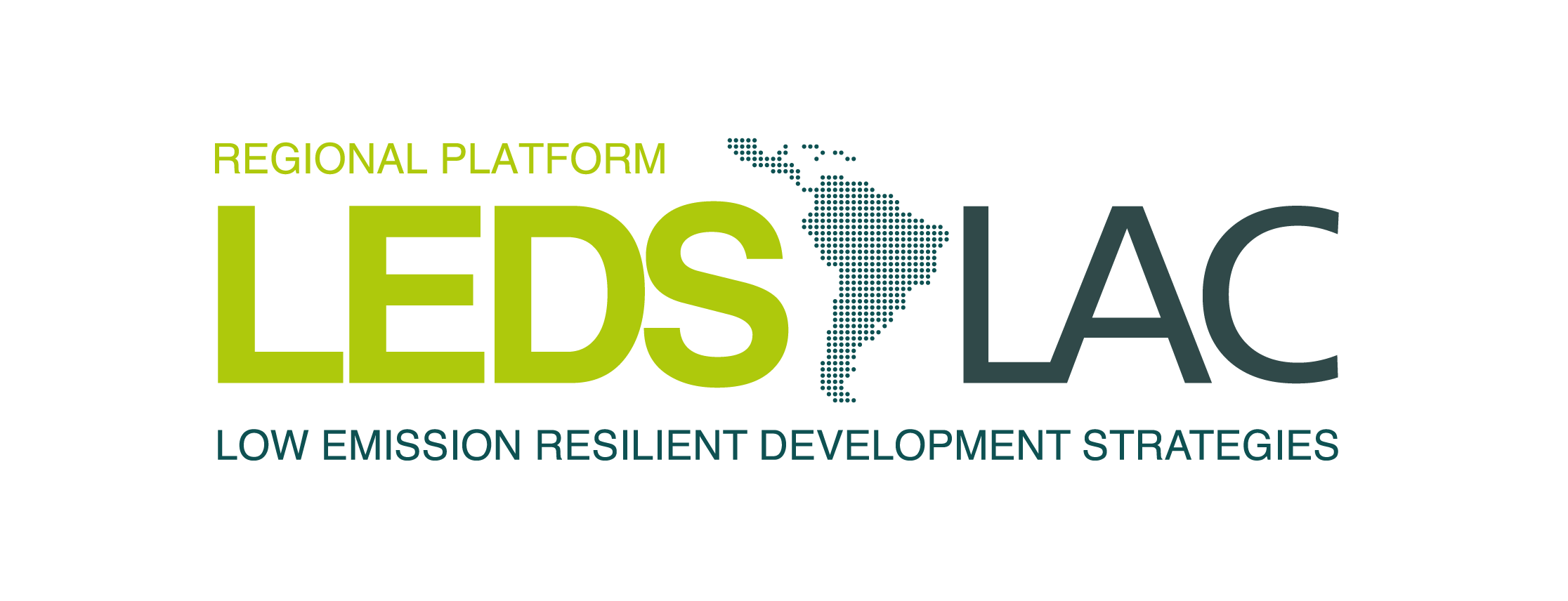Writes: Ximena Gómez, LEDS LAC
- The Climate-Smart Agriculture (CSA) approach seeks to increase the adaptive capacity of agricultural systems to climate change, increasing their productivity and reducing their GHG emissions.
- The concept was introduced by FAO in 2010 with a view to reducing poverty and coping with the growing demand for food due to population growth.
- The ICA Investment Prioritization Framework Tool is participatory, inclusive and flexible, and has been successfully applied in Nicaragua and in the Trifinio (comprising El Salvador, Honduras and Guatemala).
The webinar "Climate-Smart Agriculture (CSA): Assessment of agricultural practices in two Central American territories", held on April 27, 2016, presented the Climate-Smart Agriculture Investment Prioritization Framework (ASAC) tool, which has been successfully used in Nicaragua and Trifinio between 2013 and the beginning of 2016. The webinar included the participation of two specialists from the Tropical Agricultural Research and Higher Education Center (CATIE): Leida Mercado, leader of the Mesoamerican Agro-environmental Program and Director of the Research and Development Division, and Rolando Cerda, Agroforestry Researcher-Professor.
What methodology does the tool propose?
The ASAC Investment Prioritization Framework tool and has 4 phases:
- Preliminary evaluation of ASAC optionsA first group of ICA practices is selected through an evaluation that considers both the productive systems of the territory and the three pillars of the approach: contribution to productivity, adaptation to climate change and GHG reduction.
- Identification of the main ASAC optionsA workshop is convened with a group of experts selected according to the characteristics of the practices prioritized in the first phase, seeking to cover all the production systems identified in the territory. For this first workshop, technical specialists and project coordinators of this line are invited. The criteria used for the prioritization are weighted based on the opinion of the stakeholders of the territory, so they change from one case to another, although they are always considered from the 3 pillars of the ICA approach.
- Cost/benefit analysis of ASAC optionsAn economic cost/benefit analysis of the practices resulting from the second phase is carried out according to the following 4 scenarios: pessimistic, optimistic, normal discount rate and low discount rate.
- Portfolio development workshopA second workshop is convened for key stakeholders in the territory, including donors, farmers, researchers, as well as the public sector for the development of investment portfolios. At this stage, the practices are organized according to the type of stakeholders and the ICA investment portfolios are put together. Stakeholders from different sectors, from researchers to producers, as well as cooperants and public institutions, are invited to this second workshop.
The resulting portfolios show the investment interests of each type of stakeholder. The resulting practices in the portfolios are aligned with the livelihoods of the population, since they were developed in an inclusive and participatory manner, the practices respond to the interests of local stakeholders. It should also be noted that the gender approach is incorporated into the methodology when analyzing the opportunities that an ICA practice can generate for increasing both income and participation of young people and women.
How was it implemented in Nicaragua and Trifinio?
In 2013, as part of the second phase of the Mesoamerican Agroenvironmental Program (MAP), implementation of the Tool began. For this, both the practices proposed by CATIE and those that were already being implemented in the territory were considered, totaling 60 practices. To prioritize them, production indicators were used, such as: yield, net income and value of self-consumption; in addition to 7 adaptation indicators and 2 mitigation indicators, with 29 ICA practices being prioritized in this first phase and technical sheets were generated for each one.
In phase two, the experts of the territory analyzed the technical sheets of the ICA practices, incorporating additional evaluation and selection criteria that allowed a second selection, resulting in 14 ICA practices for Nicaragua and 12 for Trifinio.
For the economic analysis of phase three, data were projected for the following fifteen years, considering the following variables: costs, yield, labor, net present value, net internal rate, benefit/cost ratio. For this analysis, the projected years were grouped by stages of growth of the evaluated systems. Efforts were made to obtain information of the best possible quality, such as international indexes, master's theses, among others. At this stage, a second analysis was also carried out incorporating two externalities: contribution to biodiversity and carbon sequestration. In this way, a technical sheet was developed for each ICA practice with both technical and economic results.
For the fourth phase of the Tool, producer organizations, cooperating partners and the public sector, as well as leading producers, researchers and universities were convened. The products of this phase were the investment portfolios according to the type of actors.
Some lessons learned from the process
- The results obtained from the expert judgment (phase 2) should be discussed in order to adjust them and achieve a coherent interpretation of the results.
- The weighting of the three pillars are not equal, this is defined according to the discussion with experts according to the characteristics of the territory.
- Good quality baseline information is key to generate the corresponding cost/benefit analysis scenarios (phase 3).
What are the next steps for Nicaragua and Trifinio?
With the portfolios of investment projects resulting from the work with the Tool, the following products are planned to be developed:
- MAP project document for families
- Report for decision makers
- Report for producers
They also recommend evaluating the possibility of developing:
- Incentives to implement ACI practices
- Evaluate carbon sequestration of ACI practices with a more quantitative method.
Links
- Learn more with the International course: Identification, Evaluation and Promotion of Climate-Smart Agriculture Practices: http://goo.gl/TctzwV
- See here the results of the study "Prioritization of Investments in Sustainable Agriculture Adapted to Climate (ASAC)": http://goo.gl/sV5m8l
- Video "Understanding climate-smart agriculture": https://goo.gl/IcV23x
- Full video of the webinar: https://www.youtube.com/watch?v=WWfR9GOCrMo
